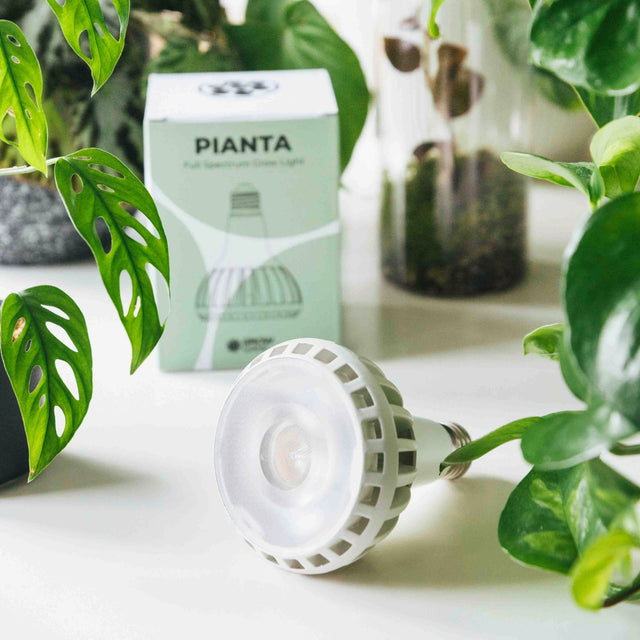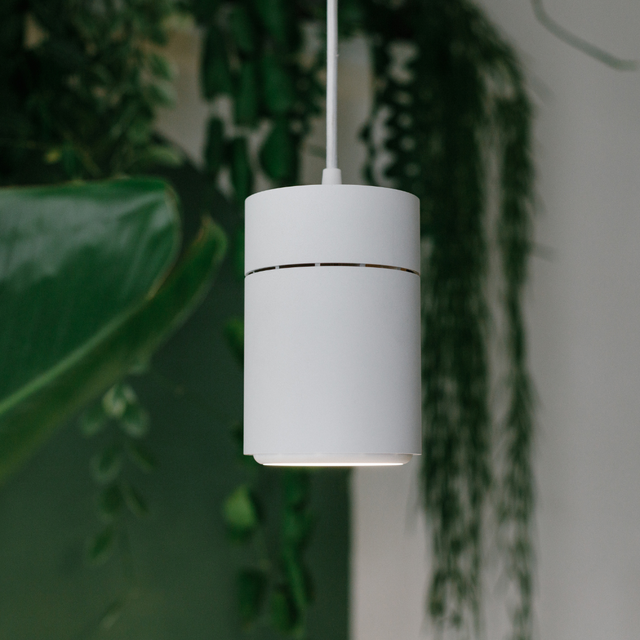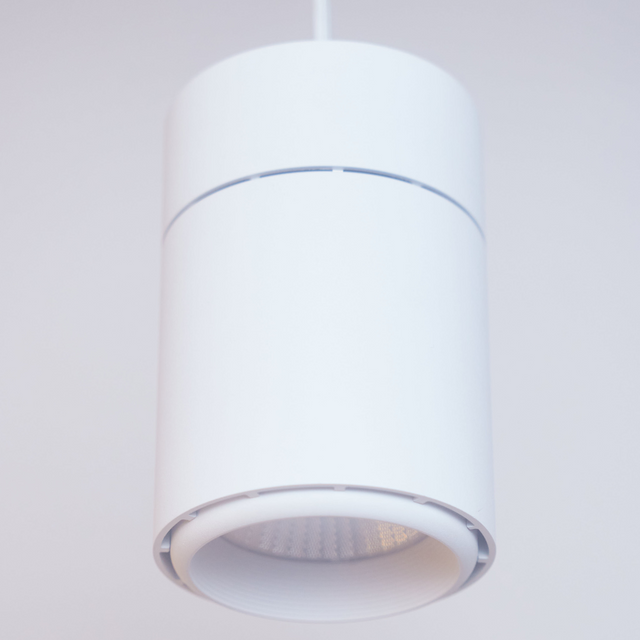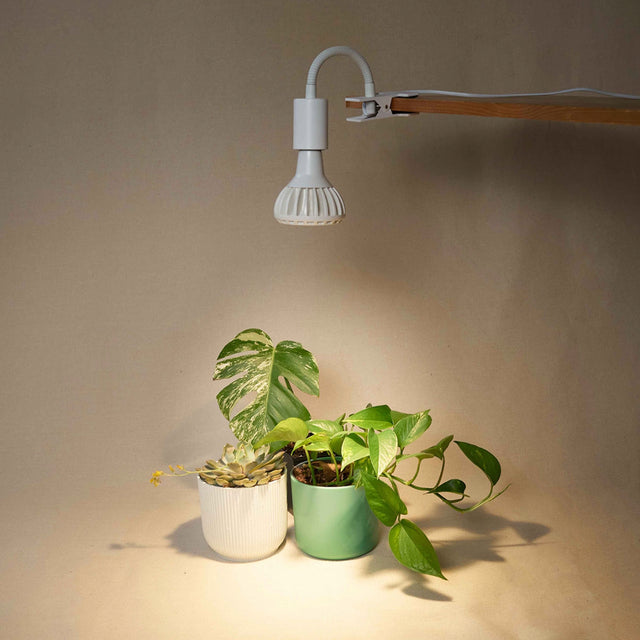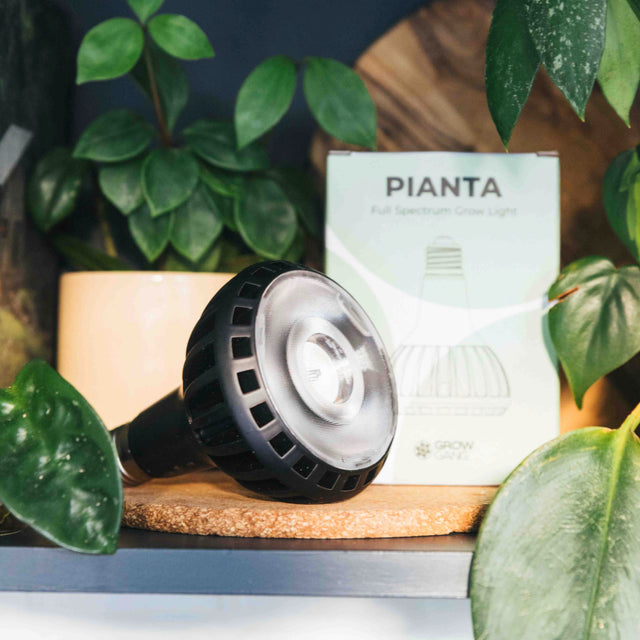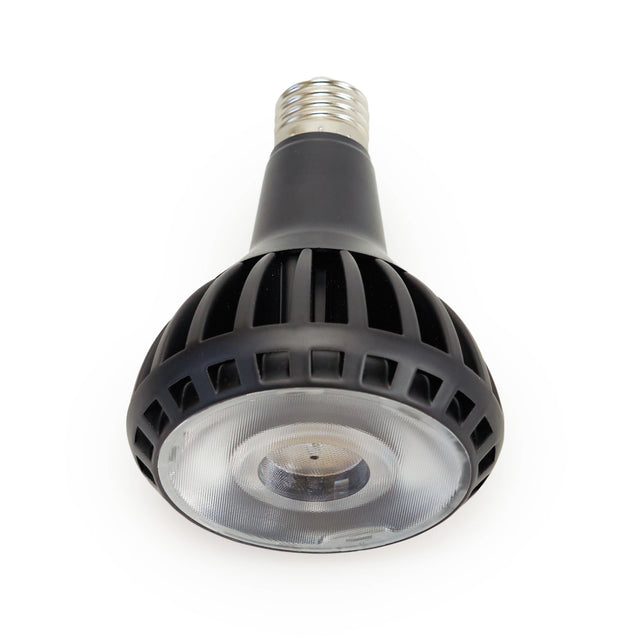
🔬Scientific name: Hatiora gaertneri, Rhipsalidopsis gaertneri (Family: Cactaceae)
🌍 Origin: The Easter Cactus, also known as the Spring or Whitsun Cactus, originates from the cloud forests of southeastern Brazil, particularly in the regions of São Paulo, Rio de Janeiro, and Minas Gerais. Unlike its desert-dwelling relatives, this cactus thrives in cool, humid environments at elevations between 1,000 to 1,800 meters. It naturally grows as an epiphyte on trees or as a lithophyte on rocks, flourishing in the filtered light and moist conditions of Brazil’s tropical highlands. Blooming around March to May in the Northern Hemisphere, its vibrant star-shaped flowers have earned it the name “Easter Cactus,” as it typically blossoms around the Easter season.
Lighting
Lighting requirement: Bright, indirect light
This plant thrives in bright, indirect light, making it a perfect houseplant for spots near east- or north-facing windows. It prefers filtered sunlight and does best when exposed to gentle morning sun or light shade throughout the day. Direct afternoon sunlight, particularly from south- or west-facing windows, should be avoided as it can scorch the foliage. During fall and winter, providing a bit more light can encourage the development of flower buds, while in spring and summer, it's best to protect the plant from harsh rays with sheer curtains or by positioning it a few feet away from the window. Although the Easter Cactus can tolerate low light for brief periods, it may struggle to bloom without sufficient brightness.
The Easter Cactus does well under full-spectrum LED grow light. Keep the light 12–18 inches above the plant and run it for 12–14 hours daily. This mimics natural indirect light and supports healthy growth and blooming, especially in low-light seasons.
Watering:
It prefers moderate watering with a rhythm that keeps the soil slightly moist but never soggy. Water thoroughly when the top 1–2 inches of soil feel dry, usually every 7–10 days during active growth in spring and summer. Reduce watering in fall and winter when the plant enters a resting phase, watering every 2–3 weeks is often enough. Always use a pot with good drainage to prevent root rot, and avoid letting the plant sit in water. Like its native rainforest habitat, it enjoys humid conditions, so occasional misting or placing a humidity tray nearby can also help.
Humidity
The Easter Cactus thrives in moderate to high humidity, ideally between 50% and 60%, mimicking the moist, tropical forests of its native Brazil. While it can tolerate average indoor humidity levels, dry air (especially in heated homes during winter) may cause bud drop or shrivelled leaves.
Tips to Maintain Humidity:
- Misting the plant occasionally can help, but avoid overdoing it to prevent fungal issues.
- Use a humidity tray (a shallow dish filled with water and pebbles under the pot) to boost local moisture.
- Place it near a humidifier, especially during dry months.
- Grouping it with other plants can also create a more humid microclimate.
Consistent humidity helps the Easter Cactus stay healthy and encourages fuller blooming during spring.
Fertiliser:
It benefits from regular, balanced feeding during its active growing season, which spans from spring through early fall. A water-soluble fertiliser with a balanced N-P-K ratio is ideal, and cactus-specific formulas can also be used as long as they're not too high in nitrogen. It's best to fertilise once a month, diluting the solution to half the recommended strength to prevent overfeeding. During the plant's dormant period in late fall and winter, fertiliser should be withheld to allow it to rest and prepare for blooming. Consistent, moderate feeding helps promote healthy growth and vibrant spring flowers.
Temperature:
The Easter Cactus (Hatiora gaertneri) prefers moderate temperatures, thriving best between 15°C to 24°C during the day. It enjoys cooler nighttime temperatures, ideally around 13°C to 15°C, especially in autumn, which can help trigger blooming. While it’s relatively tolerant, it should be protected from extreme heat and cold. Temperatures below 7°C can damage the plant, and prolonged exposure to heat above 27°C may cause stress, especially if humidity is low.
To encourage flowering, provide a cooler rest period in fall with reduced watering and nighttime temps around 10–15°C. Keep it away from cold drafts, heaters, or direct blasts of air from vents to maintain a stable environment.
Troubleshooting and Pests:
This plant is relatively low maintenance, but it can experience a few common issues if its care needs aren’t met. Bud drop often results from sudden temperature changes, drafts, or insufficient light, while shrivelled leaves usually indicate underwatering or low humidity. Yellowing foliage can be a sign of overwatering or poor drainage, and failure to bloom may stem from inadequate light, lack of a cool rest period, or overfeeding.
Pests such as mealybugs, spider mites, scale insects, and fungus gnats can occasionally affect the plant. Mealybugs appear as white cottony clusters, spider mites leave fine webs and speckled leaves, scale insects look like small brown bumps, and fungus gnats signal overly moist soil. Treatments include insecticidal soap, neem oil, alcohol swabs, and maintaining proper watering habits. Regular inspections, stable conditions, and good air circulation can prevent most problems and keep your Easter Cactus healthy and blooming.
Height:
The Easter Cactus is a compact, slow-growing plant that typically reaches a height of 15 to 30 cm, with a spread of up to 45 cm when mature. Rather than growing tall, it tends to cascade outward, making it an ideal choice for hanging baskets or elevated pots where its segmented, arching stems can drape beautifully.
Because it doesn't require much vertical space, it’s perfect for small indoor areas like shelves, windowsills, or compact plant stands. Regular pruning isn’t necessary, but lightly trimming after flowering can help shape the plant and encourage bushier growth.
Is It Toxic To Pets?
No, the Easter Cactus is considered non-toxic to pets, making it a safe addition to homes with cats, dogs, or other animals. It does not contain harmful compounds that typically pose a risk to pets. While it's not poisonous, ingesting a large amount of the plant may still cause mild digestive upset, such as vomiting or diarrhoea, due to its fibrous stems. To ensure safety, it's best to keep the plant out of reach of curious pets and monitor them for any unusual behaviour if they do nibble on it. Overall, the Easter Cactus is a pet-friendly houseplant that's both attractive and worry-free.
